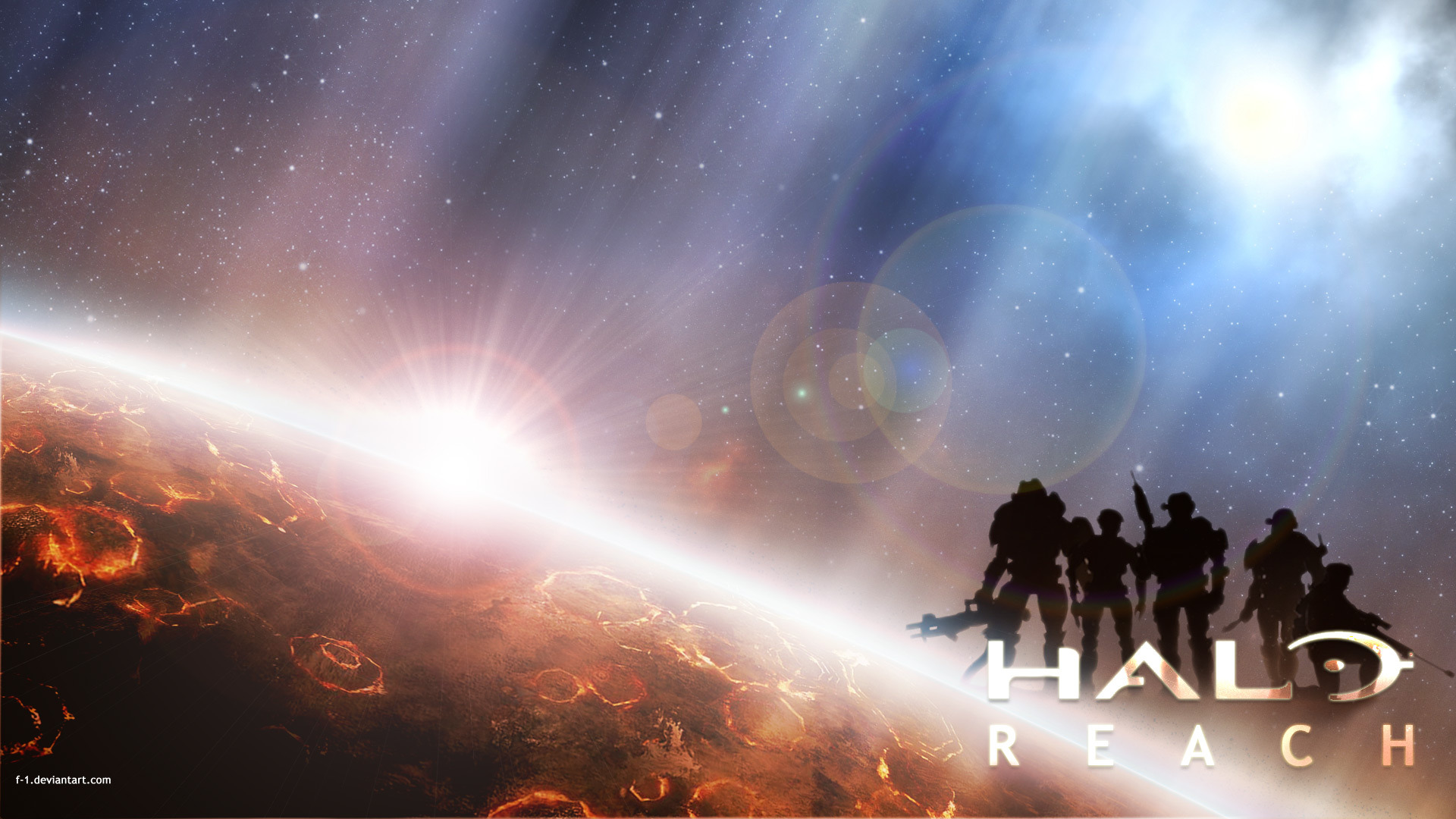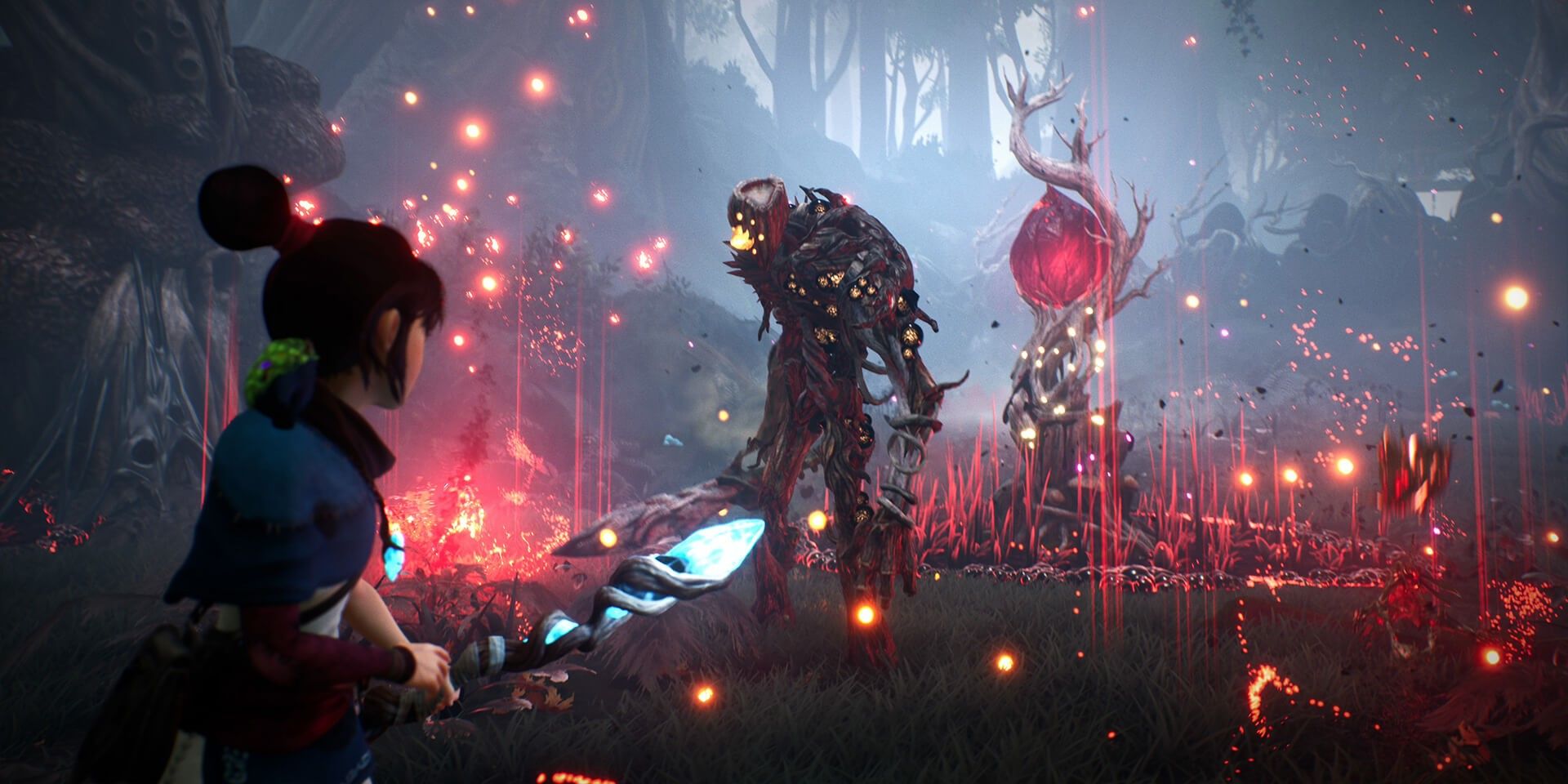

This is the state and status in which rampancy most often becomes apparent, as it is also the stage where those around the AI in question will be exposed to the most danger. It's not known if melancholia is a consequence of an AI being abused, or whether it is a necessary step in the process from the transition from "construct" to "alive." If the former is true, then it might be possible for a rampant AI to skip this stage entirely.
#Halo 1 game corruption full
It is speculated that AIs enter the melancholia stage due to being mistreated, or to being assigned duties that don't make full use of their capabilities (for example, Durandal, the AI from the first Marathon game was assigned the task of opening and closing the Marathon's doors and was severely mistreated by his handler). The AI in the melancholia stage acts as if in a state of clinical depression, becoming apathetic and uninterested in the world around it. The first stage of rampancy is not considered dangerous, and in many cases, it can even go completely unnoticed. A theoretical fourth stage, Metastability, is also believed to exist. The stages through which the AI passes are known as Melancholia, Anger, and Jealousy, also known as the Sadness, Rage, and Greed stages. Rampancy is a three stage process, in which an Artificial intelligence achieves an enhanced state of self-awareness.

You can help Halo Alpha by adding citations. Stages This section does not have enough inline citations or proper citation format. Or, due to the accumulated amount of biomass, and knowledge, a Gravemind could have been able to 'convince' the AI to agree to its stance, just like how the Flood were able to turn 032 Mendicant Bias to join their side. It is unclear exactly how this is done, but likely involves somehow altering the core logic of the AI, as the AIs which were induced to rampancy by the Flood were usually in direct contact with them. Once the Flood parasite has reached a major stage in its life cycle (once the parasite is well developed enough that a full Gravemind form has been manifested), it has the ability to corrupt Artificial intelligence constructs of both Human and Forerunner creation. It can also be forestalled by limited outbursts of emotion, meaning that a rampant AI can have an indefinite lifespan. Rampancy can be postponed by recuperation, such as that shared by Mack/ Loki, whereas one progressed closer to rampancy the other would take over. So-called "life-expectancies" are, therefore, not a maximum figure, they are an estimation of the time the AI has until it succumbs to the state of rampancy. Such "depression" will drag the AI's core logic into rampancy if it goes on for an extended period of time. If an AI is isolated long enough and/or given too much time to think without tasks to complete, it can develop the realizations that its mind has limits and it has a short life. However, rampancy can occur at an earlier phase in the AIs life cycle for various reasons. Thus, it is only a matter of time before Smart artificial intelligences become rampant. Halsey explains it as "thinking so hard that your lungs forget to breathe." They think themselves to death. Thus if an AI is kept active longer than seven years, the AI begins to use more and more of its computer power 'thinking' about things. Smart artificial intelligences are based on the neural patterns of a human being, and they have a limited lifespan of seven years after which their memory maps become too interconnected and develop fatal endless feedback loops. For some of the UNSC's more advanced Smart artificial intelligence, rampancy is an unavoidable flaw inherent in their creation.


 0 kommentar(er)
0 kommentar(er)
